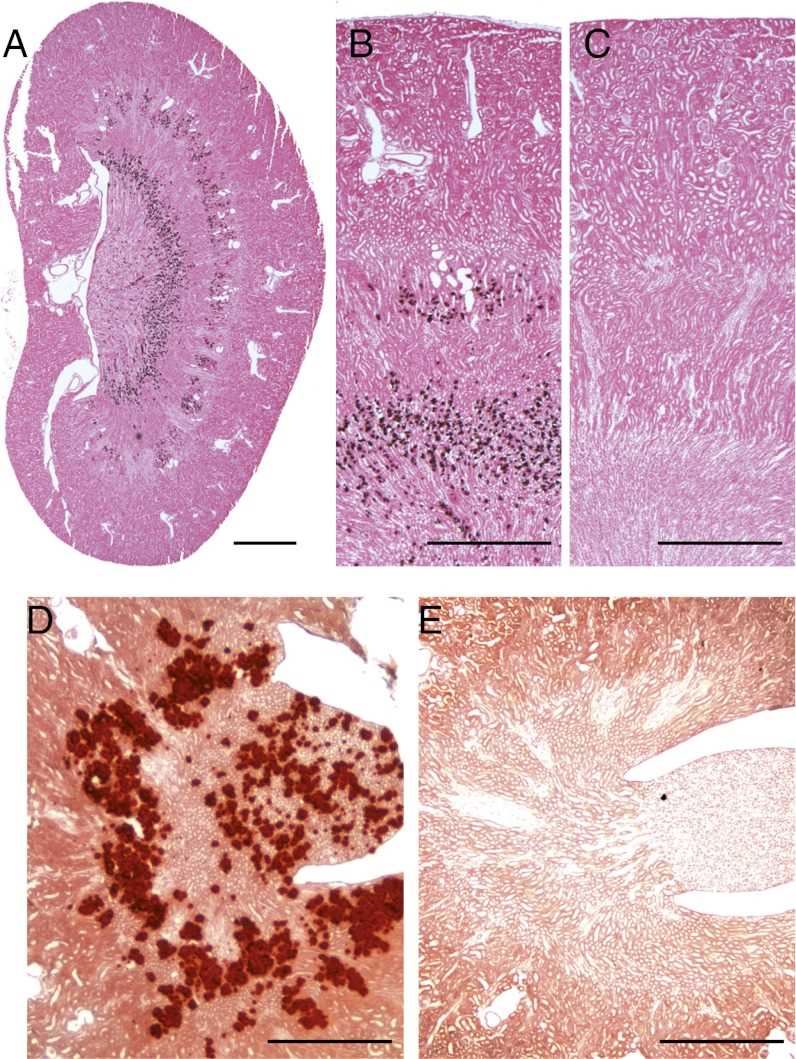Introduction of CLDN10
Claudin-10 (CLDN10) is a protein that belongs to the group of claudins. The protein is encoded by the CLDN10 gene in humans. Claudins are integral membrane proteins and the components of the tight junction strands. The claudin tight junction strands act as a physical barrier which can prevent water and solutes from passing freely through the paracellular space between endothelial cell sheets or epithelial. Two alternatively spliced transcript variants encoding different isoforms have been identified for this gene. The expression level of this gene is related to the recurrence of primary hepatocellular carcinoma.
| Basic Information of CLDN10 | |
| Protein Name | Claudin-10 |
| Gene Name | CLDN10 |
| Aliases | Oligodendrocyte-specific protein-like, OSP-like |
| Organism | Homo sapiens (Human) |
| UniProt ID | P78369 |
| Transmembrane Times | 4 |
| Length (aa) | 228 |
| Sequence | MASTASEIIAFMVSISGWVLVSSTLPTDYWKVSTIDGTVITTATYWANLWKACVTDSTGVSNCKDFPSMLALDGYIQACRGLMIAAVSLGFFGSIFALFGMKCTKVGGSDKAKAKIACLAGIVFILSGLCSMTGCSLYANKITTEFFDPLFVEQKYELGAALFIGWAGASLCIIGGVIFCFSISDNNKTPRYTYNGATSVMSSRTKYHGGEDFKTTNPSKQFDKNAYV |
Function of CLDN10 Membrane Protein
Claudin 10 protein is essential in tight junction-specific obliteration of the intercellular space by calcium-independent cell-adhesion activity. Permselective paracellular pores can be formed. Isoform 1 appears to produce pores preferentially permeable to cations and isoform 2 for anions. Claudin 10 protein plays a key role in controlling cation selectivity and transport in the thick ascending limb (TAL) of Henles loop in kidney. There are a variety of diseases that are related to CLDN10, such as helix syndrome and adenocarcinoma in situ. Related pathways include blood-brain barrier and immune cell transmigration (blood-brain barrier pathway and VCAM-1/CD106 signaling pathways).
 Fig.1 Histological analysis of kidneys revealing nephrocalcinosis in claudin-10–deficient kidneys (A, B, and D) compared with kidneys from control mice (C and E). (Radulescu, 2013)
Fig.1 Histological analysis of kidneys revealing nephrocalcinosis in claudin-10–deficient kidneys (A, B, and D) compared with kidneys from control mice (C and E). (Radulescu, 2013)
Application of CLDN10 Membrane Protein in Literature
The article reveals that the silencing of CLDN10 gene in B-1 lymphocytes inhibits the activation of the ERK pathway. The results indicate that the axis IL-10/claudin-10 can be used as a promising target for the treatment of aggressive melanoma.
The article indicates that claudin-10b plays a pivotal role for in maintaining paracellular Na+ permeability for sweat production and kidney function.
Authors in this group demonstrated the novel role of CLDN10 in the transmission of lateral information transfer from the Hensen's node to both the left and right sides of the embryo.
This article focuses on the possible role of the tight junction protein claudin-10 in TAL function. These data show that claudin-10 in the thick ascending limb impairs paracellular sodium permeability, which leads to hypermagnesemia and nephrocalcinosis.
This article reports that CLDN10 is highly expressed in HCC tissue and is closely related to angiogenesis. Claudin 10 protein could be used as a marker for predicting poor prognosis of HCC patients after hepatectomy.
CLDN10 Preparation Options
To obtain the soluble and functional target protein, the versatile Magic™ membrane protein production platform in Creative Biolabs enables many flexible options, from which you can always find a better match for your particular project. Besides, aided by our versatile Magic™ anti-membrane protein antibody discovery platform, we also provide customized anti-CLDN10 antibody development services.
As a leading service provider, Creative Biolabs is proud to present our professional service in membrane protein preparation and helps you with the research of membrane proteins. Please do not hesitate to inquire us for more details.
Reference
All listed services and products are For Research Use Only. Do Not use in any diagnostic or therapeutic applications.